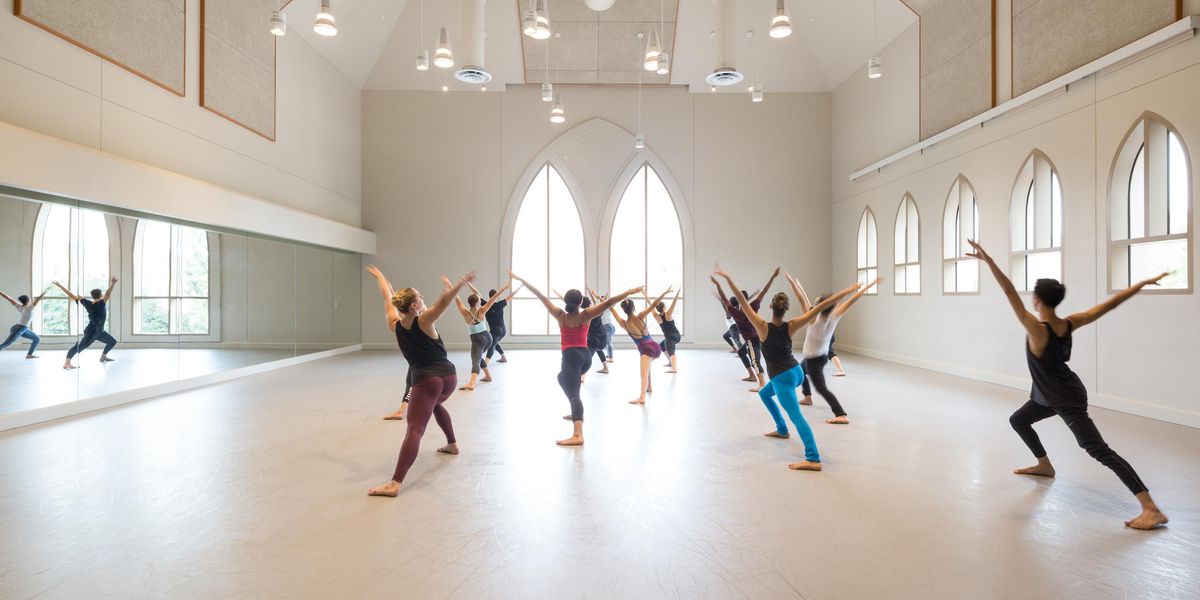Dance Matters: Hope Springs Eternal
Edward Stegge survived a brutal attack to return to the stage.
The surgeon’s prognosis was bleak after Edward Stegge, a dancer with Diablo Ballet in Walnut Creek, CA, underwent a three-hour surgery at John Muir Medical Center, during which the doctor removed bone fragments from Stegge’s brain. He might not make it, the doctor warned, or if he did, he might never regain consciousness.
In October 2009, Stegge had run out to a convenience store near his home in Concord, CA, to pick up a few items. On his way home, two teenage boys jumped him. They beat him with a baseball bat, kicked him as he lay bleeding, and stole his wallet and cell phone. Leaving him lying in the street, they took off in a waiting car. Two off-duty EMTs discovered Stegge. While one paramedic wiped blood from Stegge’s head and the other called 911, Stegge asked, “Can’t you just drop me off at home?”
With a black eye, split skull, and bruised pelvis, he was brought to the ICU, where he was intubated so that hecould breathe.
Hospital personnel found a slip of paper in his pocket with his aunt’s telephone number, their only clue to his identity. A titanium mesh plate now covers an area where Stegge’s skull was crushed. Doctors said at the time that they couldn’t be certain of how much brain function he would regain.
Diablo Ballet artistic director Lauren Jonas rushed to his side and asked, “Eddie, can you squeeze my hand?” But he had lost the use of his right arm. A few days later, Mayo Sugano, a friend and dance partner, prompted Eddie to communicate on a basic level. Erika Johnson, another partner, said that he couldn’t speak in full sentences.
“At first I was—right or wrong—angry at myself,” says the dancer, who believed he had been attacked because he’s gay. “Then I learned that it wasn’t a hate crime, but it challenged my confidence—the idea that at any moment this could happen. It showed me that I was vulnerable.”
Luckily, Stegge had decided two weeks earlier to join Diablo Ballet’s medical plan. Even with insurance, however, the bill for his first week in the hospital was around $200,000. Fellow dancers organized a fundraiser.
Doctors initially limited Stegge’s visitors. When he began to improve he was allowed two visitors at a time, calming CD music, and occupational therapy. When he was well enough, he returned to the studio to begin working on Balanchine’s Who Cares? “I can learn choreography as well as I could before the attack,” says Stegge. “But sometimes I get stumped with petit allégro when they say, ‘OK, now reverse it!’ ”
In the meantime, his credit cards surfaced, leading to the arrest of several people, including two boys charged with the attack. While some called for harsh measures to be taken against them, Stegge responded differently. “I grew up where there was poverty and alcoholism. Luckily, our mother took us to the ballet. I fell in love with it. Were it not for her, I could have ended up like them. So I’m not going to judge them. I don’t condone what happened, but neither are the courts fair to boys like them.”
It has been nearly a year since Stegge has returned to the stage. “I was a little nervous,” he says, remembering opening night. In the audience were members of the John Muir medical team. “But I just took a deep breath.”
While not all words were kind (a member of the dance community advised Stegge to “bow out gracefully” and end his dance career), he received a standing ovation and a huge bouquet from loyal fans. “The audience gave me such a warm response that it was overwhelming. Aside from that, I noticed nothing different.” —Toba Singer
Pictured: Stegge in Viktor Kabaniaev’s
Opus for a Table. See Stegge perform at Diablo Ballet’s “Inside the Dancers Studio” in March. Photo by Ashraf, courtesy Diablo Ballet.




